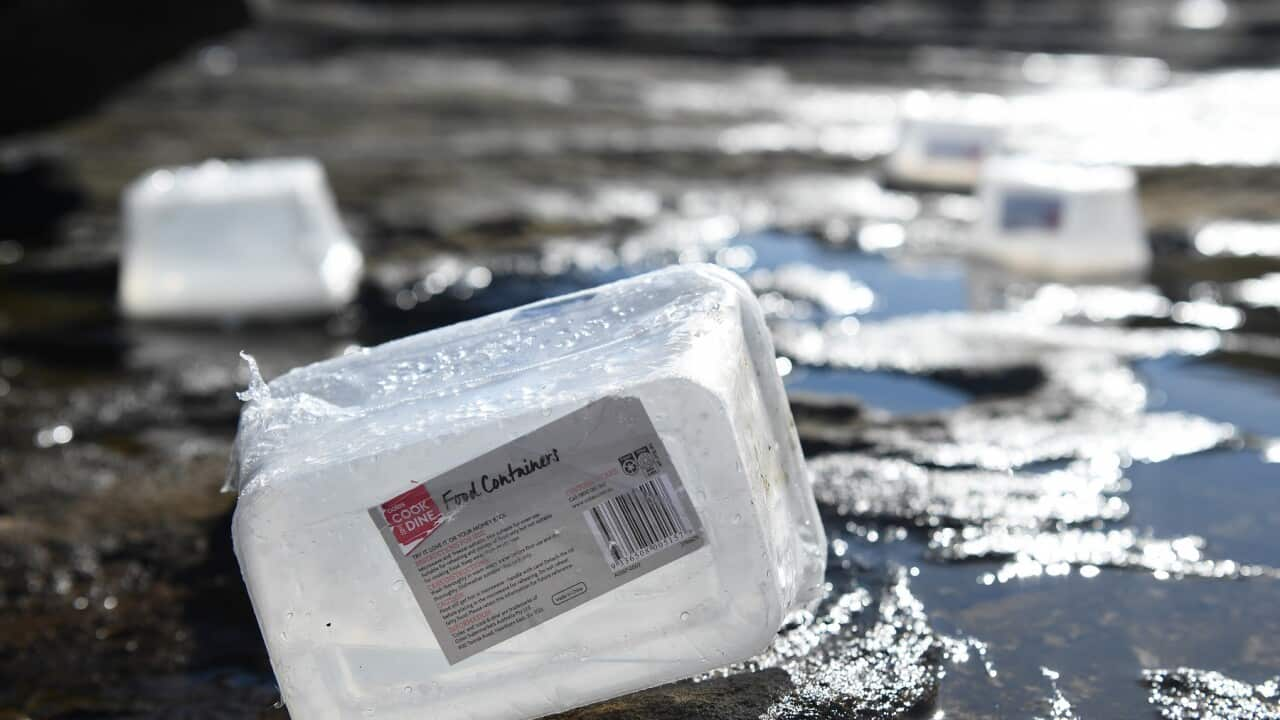TRANSCRIPT
The President of Kenya takes to the stage at Africa's first climate summit which begins this week ((Sep 5)).
Kenya generates more than 70 per cent of its energy from renewable sources like geothermal, hydro and wind energy.
That is nearly twice the percentage of renewable energy generated in Australia, which according to the latest figures from the Clean Energy Council sits at 35.9 per cent of total output.
As solar energy becomes more attractive for industrial and home use, Kenya has responded by removing duties on the import of some solar products.
The country's President, William Ruto, says that the region can power all of its energy needs through the similar use of renewable resources.
"The continent has enough potential to be entirely self-sufficient with the mixture of wind, solar, geothermal, sustainable biomass and hydropower. In Africa, we can be a green industrial hub that helps other regions achieve their net zero strategies by 2050."
The Kenyan government currently zero-rates the import like solar panels and inverters, to encourage sales.
However, some solar technology continues to be subject to value added tax, leading retailers to charge an additional 15 per cent, with consumers left to foot the high cost of going green.
But despite high installation costs, solar energy’s reliability and lower long term expenses have continued to attract industrial clients like steel manufacturers and cooking oil producers.
Clean Power, a Nairobi-based energy company, has carried out over 25,000 kilowatts of installations in the last six years.
Solar Managing Director at Clean Power Rashmi Shah says that clients are able to recover their initial expenses with savings made within the first four years, without worrying about the environmental cost.
"We are not polluting the air at all. We are not raising the temperatures. We are not affecting the climate of the earth. So that is why more and more emphasis is coming into energy, cleaner energy and solar is certainly one of the cleaner energies."
Although Clean Power's clients are mainly in the industrial sector, it also performs some home installations, like that of Mr Shah's house, which have enabled him to move completely off grid.
This saved him during a recent national blackout, when those relying on the electricity distributor Kenya Power and Lighting Company, including the country’s main airport, were left in the dark for hours.
Mark Mwangi, a solar engineer at Clean Power, says that freedom from reliance on traditional energy provides the makes solar an obvious choice for home and industrial users alike.
"Currently the prices of energy in Kenya are very high, and therefore we encourage those who are in the manufacturing industries, commercial sectors, residential, to take up solar. The initial cost is high. But at the long term, you're going to have a long time benefit. You're going to direct that money that you're using to pay your taxes and bills, electricity bills into expanding your production into agriculture and other sectors that will grow as a nation financially."
It appears that consumers in the region are not being put off by high initial costs.
The World Bank estimates that the use of solar mini-grids has dramatically increased in Sub-Saharan Africa, from around 500 installed in 2010 to more than 3,000 installed today.
The UN’s environmental agency says that sixty per cent of the world’s best solar sites are located in Africa, and that there is even greater potential, as only one per cent of these sites are currently being harnessed to generate power.
If investment in solar continues at the same rate, the goal of the 2023 Africa Climate Summit of net-zero emissions by 2050 may yet be realised.













